Meta’s bet on EssilorLuxottica: Why smart glasses are fashion’s next frontier
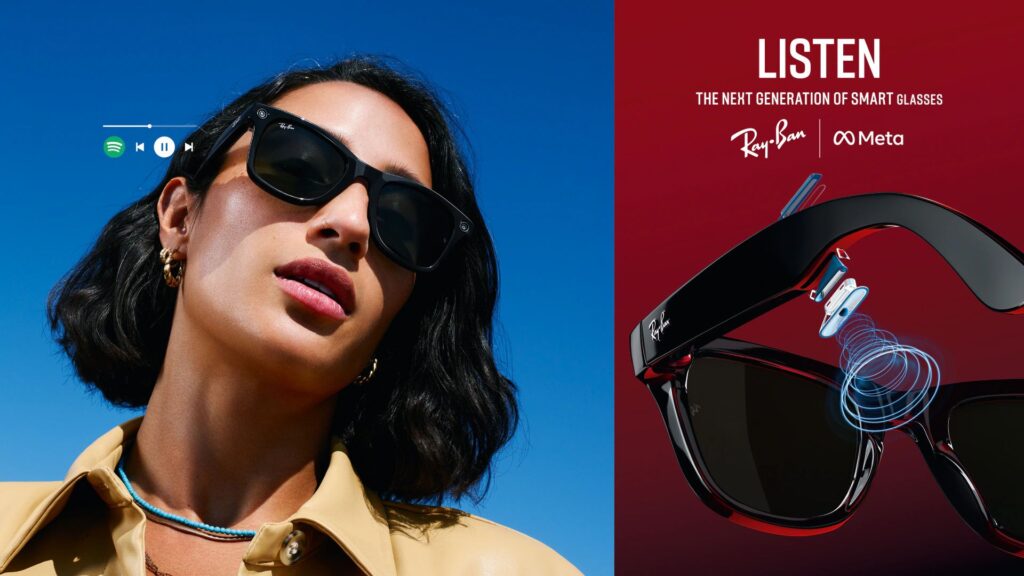
When Meta quietly dropped a nearly EUR 3 billion investment into eyewear titan EssilorLuxottica, the tech world raised eyebrows. But those of us deep in the fashion-tech vanguard? We saw something else: a signal flare. This wasn’t just another big tech acquisition or strategic alliance. This was a fashion statement – and a futuristic one.
Meta’s partnership with the Italian-French giant behind Ray-Ban, Oakley, and Persol is more than a portfolio play. It’s a bold step toward the holy grail of wearable tech that doesn’t look like tech. Think couture meets code. Think smart glasses that are… actually wearable.
From clunky headsets to chic frames
Remember Google Glass? Snap Spectacles? Even Apple’s Vision Pro? All fascinating, all functional – and all awkward. The biggest hurdle for AR/VR adoption has always been the hardware. No one wants to walk around in a stormtrooper helmet.
Enter: Ray-Ban Meta smart glasses. Since their relaunch in late 2023, they’ve sold over 2 million pairs. Their latest models offer hands-free livestreaming, Meta AI integration, open-ear audio, and a 12MP camera with 1080p video capabilities. And yes, you can still wear them with your best Prada coat.
Meta is now rolling out sportier versions with Oakley-branded frames, tapping into Gen Z’s love for athleisure, while teasing upcoming collabs with Prada. It’s not just a hardware move – it’s a fashion rollout.
Why EssilorLuxottica?
Beyond their portfolio of iconic labels, EssilorLuxottica controls much of the global eyewear market, from design to distribution. This investment gives Meta more than glasses. It gives them access to global style trends, high-end manufacturing, and deep retail roots.
Together, they’re crafting a new category: AI-infused luxury eyewear. One where tech meets trend without compromise.
A fashion-tech fusion we saw coming
At Digital Fashion Week, we’ve long said it: Fashion and tech are not separate industries anymore. They’re becoming the same thing.
“AI has exploded, just as predicted. Now, AR/VR is taking centre stage. What excites me most is the transition from heavy headsets to sleek frames. When tech becomes beautiful, adoption becomes magnetic,” shares Sabrina ‘Princessa’ Wang, editor-in-chief at DFW.
This shift reimagines how we experience fashion, not just wear it. Picture digital fashion shows enhanced through on-glasses overlays, from real-time translations to styling pop-ups. Or retail stores where a simple blink offers fit recommendations, sustainability stats, and alternate colourways.
What does this mean for the industry
Meta and EssilorLuxottica are leading what could become a smart-glasses gold rush. Competitors like Apple and Google are circling, but Meta’s early-mover advantage and 3% equity stake give it an edge.
Forecasts suggest that the smart-glasses market could grow from $6 billion in 2024 to over $16 billion by 2034. But for fashion insiders, the real metric is cultural cachet: When will smart glasses go from tech toy to street style staple?
That moment may be closer than we think.
A new era of wearable couture
Whether it’s for livestreaming a show, navigating the metaverse, or checking your calendar on the go, AR smart-glasses are shaping up to be the new It-accessory. But only if they look the part.
Meta knows this. That’s why they’re betting on fashion’s most powerful name in optics. That’s why they’re betting on the fusion of fashion and function.
For Digital Fashion Week readers, this isn’t just industry news. It’s a glimpse into a world where what you wear doesn’t just say something – it sees something. And maybe, just maybe, it understands you too.

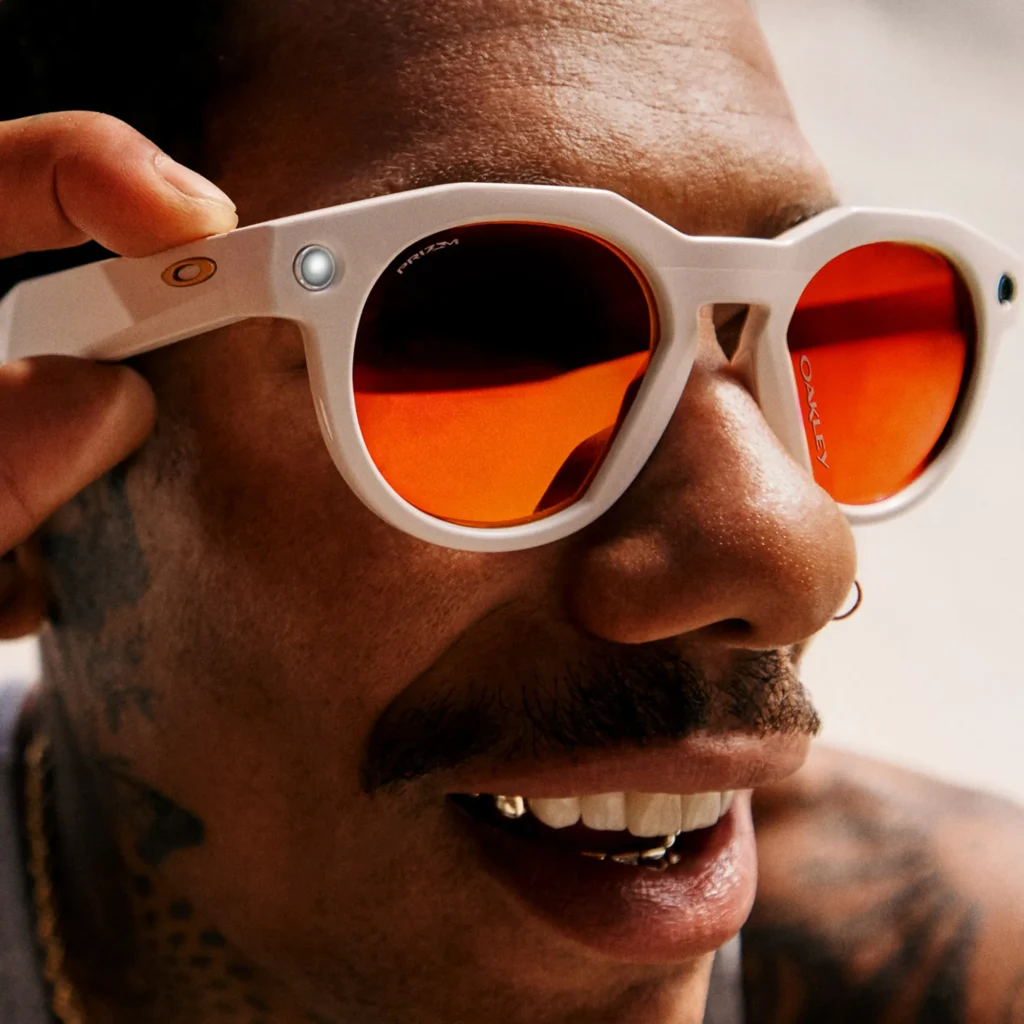
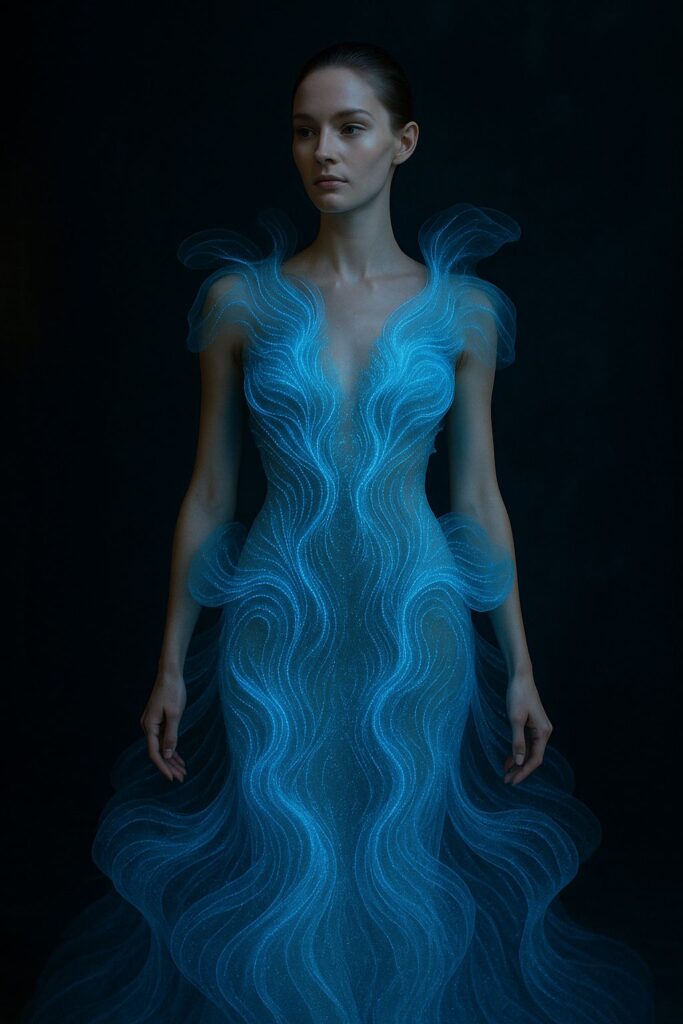
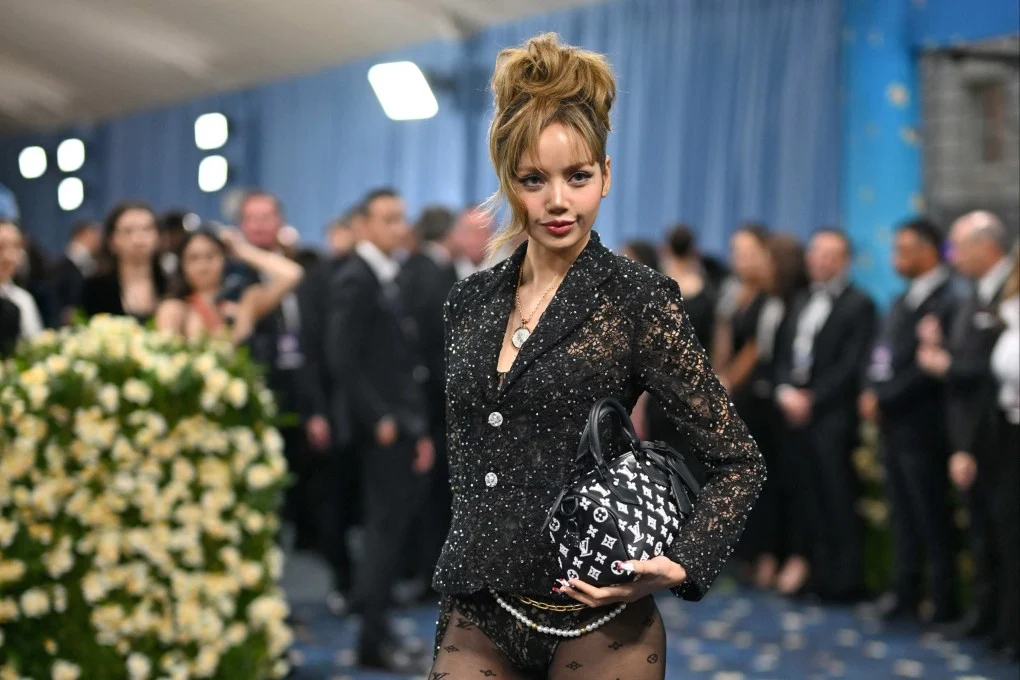
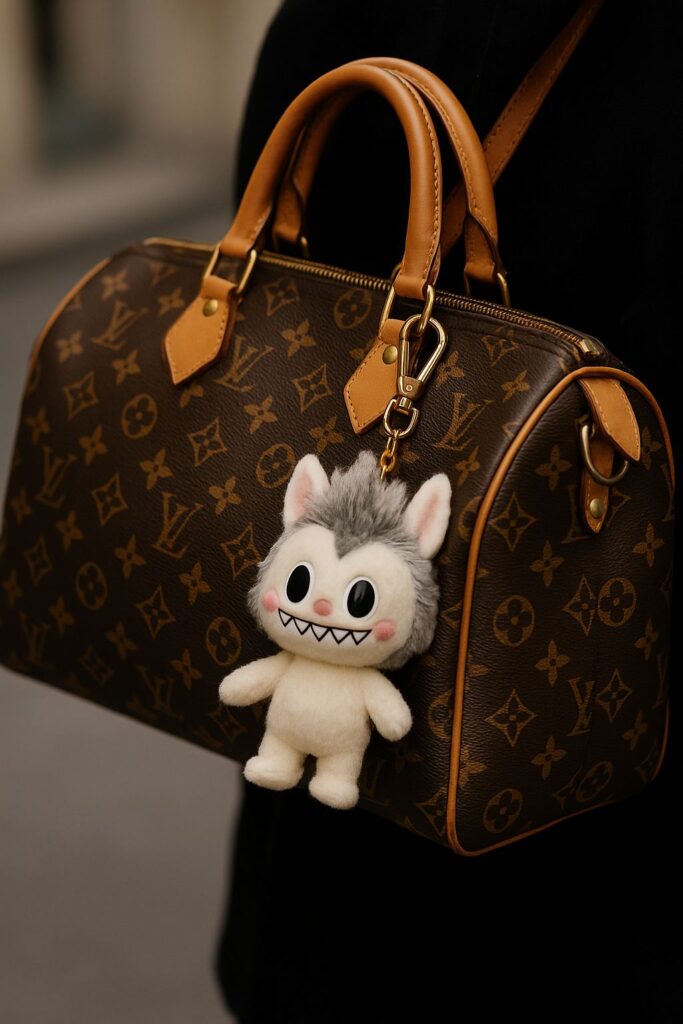

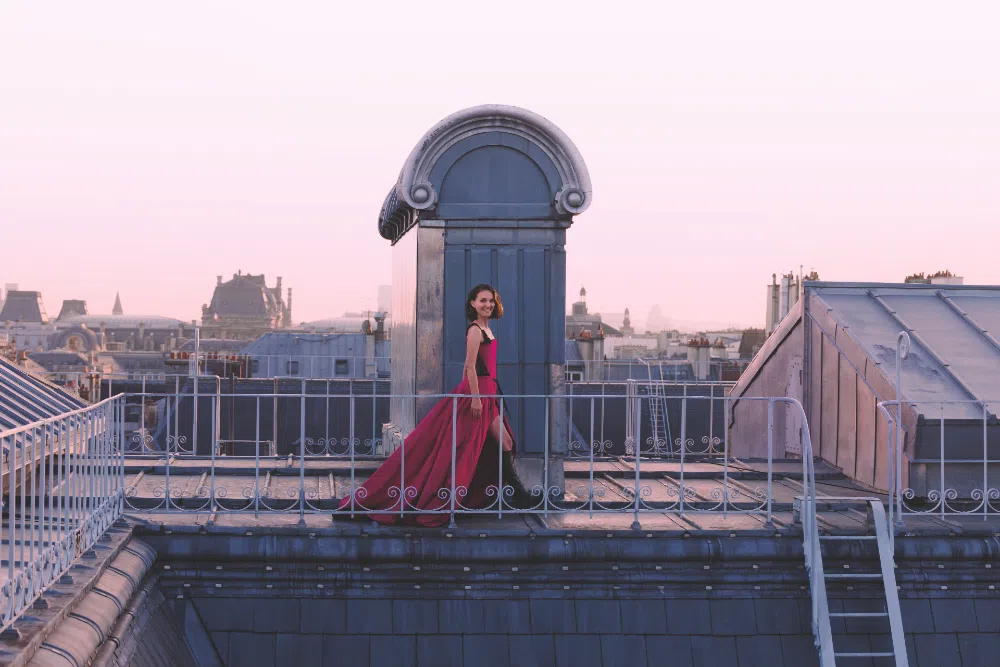
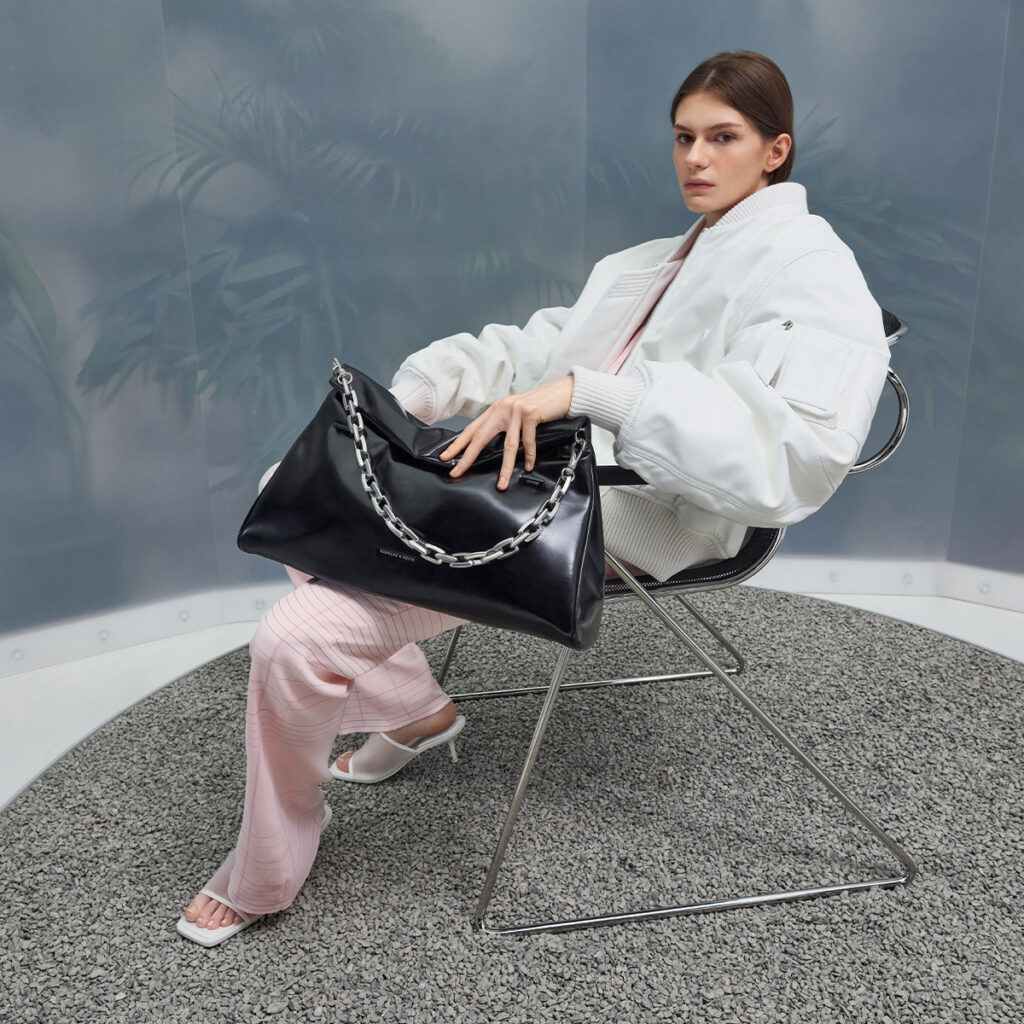
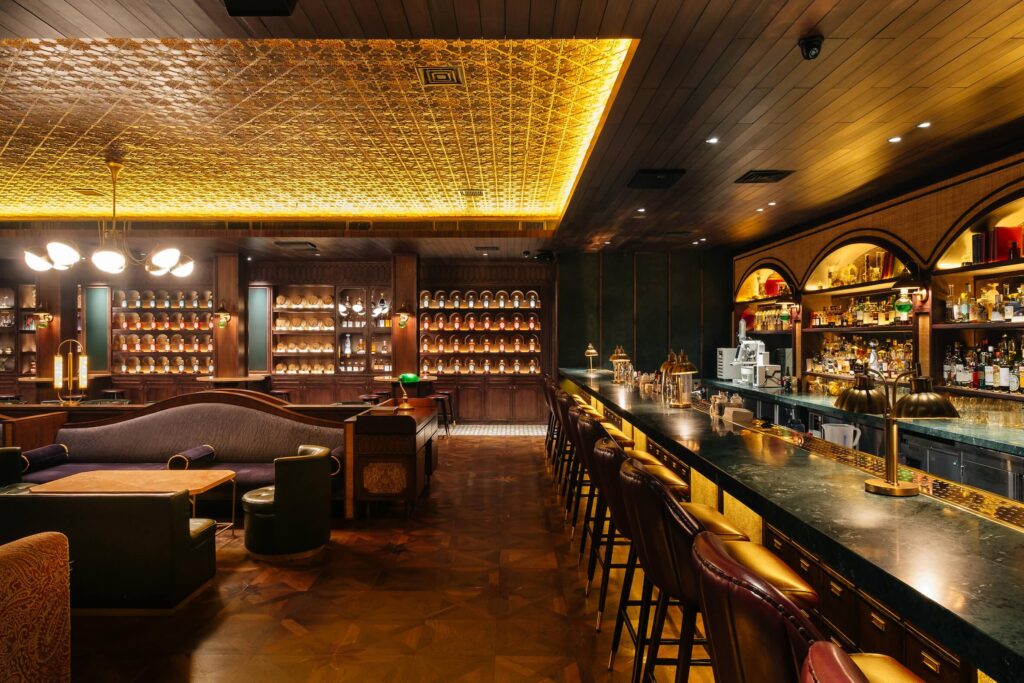


Responses